A real “boom” in the production and sale of electric vehicles (electrical vehicle, EV) has begun in the world. In 2019, the market for electric cars in Ukraine has grown by almost a third, and commercial ones by 1.5 times.
Bloomberg New Energy Finance (BNEF), an annual issue of Electric Vehicle Outlook 2019, estimates that the total number of passenger electric vehicles will grow to 508 million by 2040, with global electromobilization in many countries being hampered by infrastructure factors.
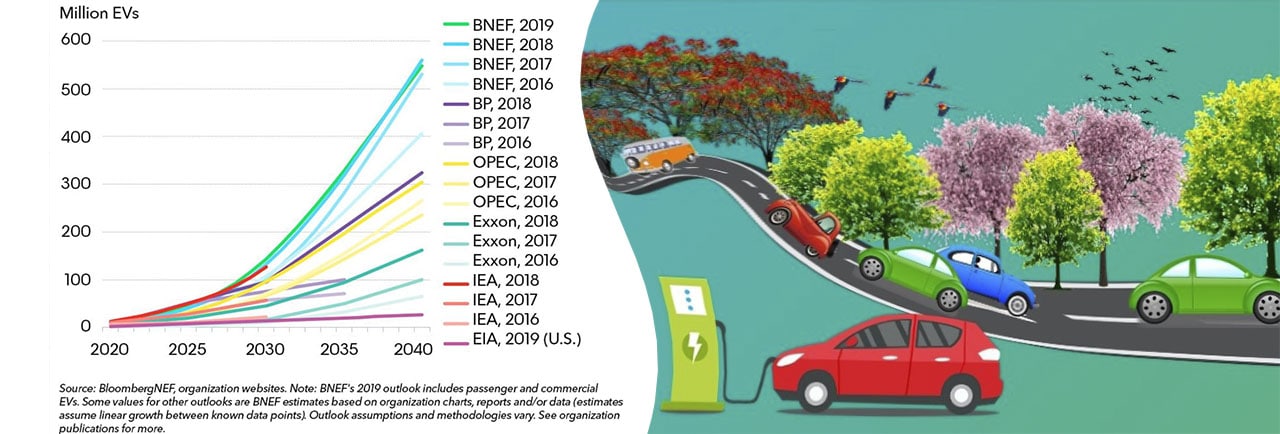
In 2018, there were about 5 million EVs worldwide. According to experts from the International Energy Agency, more than 90% of the world’s auto park is still working on petroleum products. However, according to large investment banks forecasts, the share of electric vehicles on the planet will be about 32% by 2030, and will increase to half of the world auto park (930 million EV) by 2040.
2019 saw sales growth in Tesla, BAIC Group, BMW and Hyundai, which significantly increased their share of the global electric vehicle market.
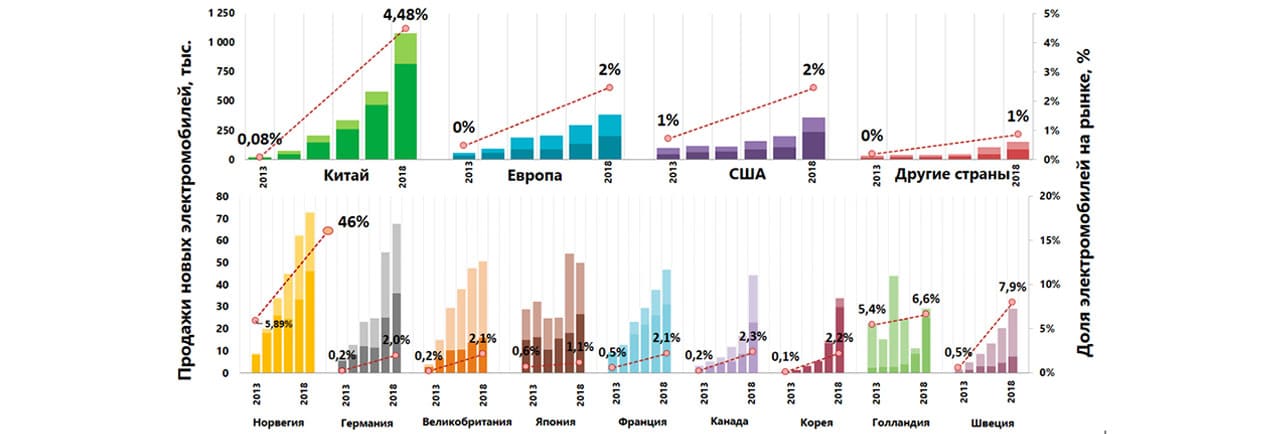
The main EV boom driver is the cost reduction of all types of electricity storage systems (ESS), incl. that work with PV sources. BNEF expects ready-made ESS battery packs of all types <$ 100 per 1 kWh before 2026, and their cells have dropped in price to <$ 100 per 1 kWh earlier:
“Battery prices will continue to fall. As a result, we expect price parity between electric vehicles and classic internal combustion engines (ICEs) by mid-2020s in most segments, although there are large differences between geographical regions and vehicle segments,”— Electric Vehicle Outlook 2019.
The actual prices for ESS and, above all, for Li-ion batteries will go down rapidly in the second half of the 20s, and by 2030 prices will fall by another 70% at least. At the same time, the capacity of the batteries will increase many times over.
Reducing the cost of EV batteries and all kinds of ESS will lead to a reduction in the price of electric cars, which will be cheaper than ICE cars in most countries in 2025-29. EVs will take a big share of new sales, displacing even hybrid cars (PHEVs).
By 2040, the almost complete displacement of traditional gas stations is expected. By that time EVs will replace 8 million barrels/day of hydrocarbon liquid fuel with electricity, which will add 5% to world electricity consumption. The BNEF, for example, estimates that 13% of all electricity consumption will go to EV by 2040 in Europe and in the US – 12%.
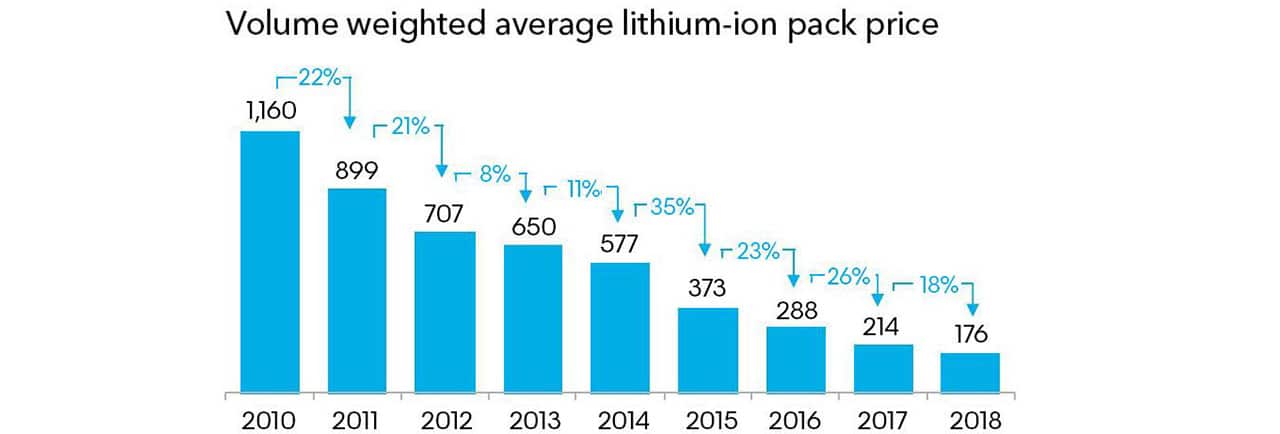
Similar conclusions were made in the International Energy Agency (IEA) in its IEA Global EV outlook 2018. EV’s global maintenance and energy infrastructure is completely changing. Utilities, charging station operators, charging equipment manufacturers, and other stakeholders in the energy sector are also increasing their investment in charging station infrastructure.
EV has not yet “greened” energy consumption
The current situation of using EV is that instead of “greening” energy consumption, EV simply transfers the focus from one type of energy to another. Now EVs that receive energy from conventional grids support fossil energy actually. So now the “carbon footprint” of electric cars is still quite large.
The global shift to RES means that solar and wind generators must be the main power source for EVs. That’s how it was intended. Back in 2013, Elon Musk, speaking about plans to build a network of stations for fast charging of his Tesla-S, noted that their most important feature would be the integration with the conventional grid into a smart grid. Charging stations should become a buffer for the grid.
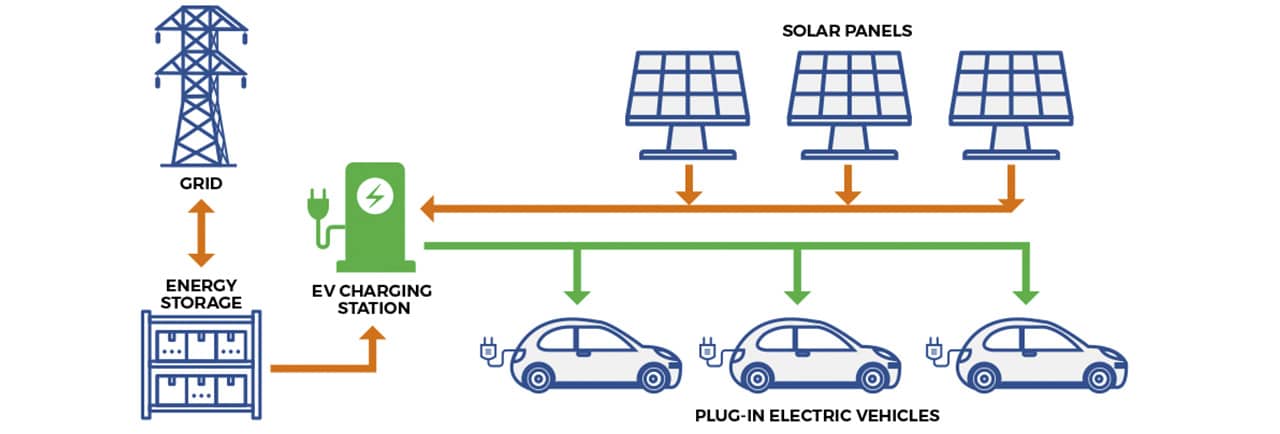
Having a powerful ESS beside the charging station should not only smooth out energy bursts but also absorb RES generation bursts. Musk noted that equipping EV-changers with PV modules and smart ESS integrated into a single power grid dispatching system would not only smooth out the irregularity of RES and consumption peaks, but would also provide additional services for the overall power system, such as general energy systems frequency.
Paradoxically, the presence of a network of smart ESS with PV modules on EV charging will help to solve the problem of generation imbalances at local, regional and national levels, and to “green” the use of EV.
Balancing of grids
The coming mass electrification of vehicles is even more of a challenge for the stable functioning of grids than the problems of the unevenness of renewable electricity generation, in particular, as in solar power. Electric vehicles (EVs) by themselves, while maintaining the current model of their electricity supply, do not improve the situation with the unbalance of generation/consumption. Even V2G (vehicle-to-grid) models, which offer the ability to use EV battery capacity for backup power households and local off-grid households, can slightly offset the night-time power consumption falling (by charging their batteries at night mainly), but can`t compensate the unevenness of daily RES generation.
EVs displaces hydrocarbons from the energy market for transport. These are huge, multi-billion dollar amounts. The combination of electric vehicles with solar charging is the key to dramatically reducing the country’s dependence on fossil fuels. However, almost half of EV-charging station cost is still spent on ESS and PV-generation.
However, due to the expected reduction in the cost of ESS, combining EV-charters with PV modules and ESS into a smart network integrated with the overall grid can become an attractive and truly “green” business.
Such solutions can solve the problem of imbalances and frequency instability in the grid, in addition to expanding the share of RES. These additional services can bring station owners an equal, if not greater, income than directly charging EVs and selling excess electricity to the grid at a green tariff.
Electrification of all gas stations in the country
Electromobilization requires about 2-3 times denser network of EV recharging stations than the current gas station distribution. This is a new fastest-growing business segment that uses the latest technology.
In Electric Car Drivers Report Surveys 2019 report, CleanTechnica identified the consumer preferences and the weighted average expectation of an optimal EV reserve to fully discharge the battery – about 320 km (compared to a modest expectation of 165 to 170 km in 2016). Also important for all groups of respondents is the availability of fast or ultra-fast battery charging.
The transition of EV-changers to work from RES will significantly reduce the global total greenhouse gas emissions by at least 13-17%. The leader of the advantages here is and will be PV-generation.
Natural symbiosis
Just 10 PV panels can provide enough electricity to run an EV of 14,000 to 21,000 km per year. This is not enough for the expected average annual EV mileage (about 100,000 km). For the greening of the carbon footprint of EV, more energy sources, such as local small PV-SES, will be required.
Being connected to a common network, ESS for PV-charging stations and PV-sunshade on parking will be a powerful way of solving the problem of smoothing the daily and seasonal irregularities of not only PV stations, but also the generation of RES in general.

Solutions for this are already in place and even implemented. Fig. 3 shows circuits of PV-charging stations with power of about 50 kW, implemented by GM and ABB, which provide optimization of the level of accumulated energy for fast EV charging taking into account their routes, traffic density, battery charge in moving EVs, intensity of local PV generation, charge reserve in ESS at this station and neighboring stations. Thanks to intelligent software, they regulate the degree of PV energy output to the general grid and the amount sent for local storage.
Computer-aided energy models have shown that non-ESS EVs that use energy from a conventional grid are fatal (see Figure 3) because they increase the daytime peak and the nighttime failure of consumption in the grid. Also, they just use non-renewable energy.
Green PV-charging, even with local ESS but off-grid, is not cost-effective. They cannot optimally use the daily surplus of their generation for general needs (network sales) and, in fact, unreasonably increase the payback period.
Optimal ESS for EV models assumes that road refueling will use to quickly top up energy on the road so as not completely discharge and reach a location were EV can fully charged the battery (see Figure 3).
The most optimal scheme is the PV-charging on-grid network with ESS automatic exchange of generation/charge/storage balance with other EVs at the local or regional level, although it still seems to be costly (because of ESS costs). The same scheme becomes a way of solving the problem of smoothing of daily and seasonal generation and imbalances at the regional and national level.
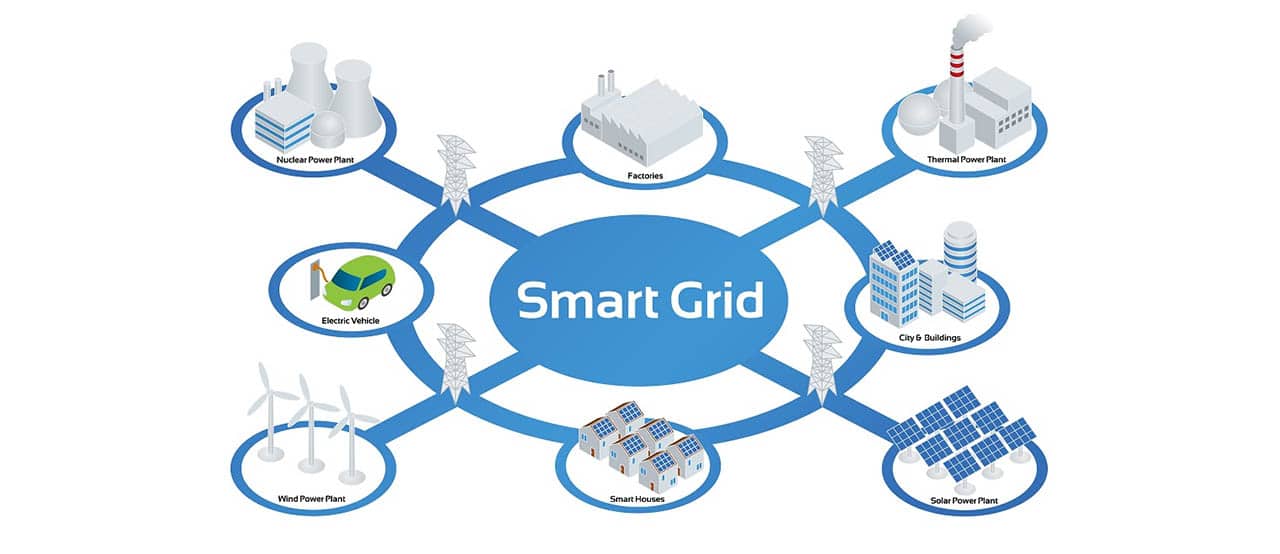
Due to the huge total distributed power (potentially ~ 15% of the power of the entire grid), the local PV-electricity storage at EV recharging stations can absorb the peak excess generation from all types of RES (not only solar) and become a stabilizer at night.
Systems with cloud scheduling (see Fig. 3) assume that before the beginning of heavy traffic in the morning the ESS station must be charged (if necessary – at night tariff from the network). PV panels at charging posts or carports use primarily to replenish the ESS at an EV station, and only then to supply electricity to the general grid. Connecting to a common power supply will fill the power deficit of the station itself. Having a network of managed distributed ESSs at “gas stations” (with sufficient total capacity) can solve national and other imbalances of RES generation on a national scale, for which penalties are already provided by law, and to adjust the inconsistency of generation schedules.
Paradoxes of green tariff
The Green Tariff (GT) conceived for the tariff motivation of the accelerated transition to RES, including PV systems. All green energy is fed into the general grid, and the energy consumed from the grid is paid at a common tariff – that is how it works in other countries.
According to the Ukrainian model for GT, only the balance is paid, that is, the excess of RES generation above consumption of the local object for its own needs into the general network. That is, all consumption costs for the producer of PV energy are at a green tariff.
Now the most attractive EV-chargers are those who pick up electricity from the non-green grid and leave a large carbon footprint. PV-chargers without ESS will only be economically justified if the cost of PV electricity falls below the “outlet” tariff. Moreover, ESS PV stations operating on the current Ukrainian GT model will be completely uninterested in taking on the functions of absorbing alien peaks of regeneration, eliminating imbalances, eliminating nighttime consumption failure. They are not interested in physically integrating into a single network with a single dispatch and jointly coordinating their regimes at the information level. Because compensation flows, will be regarded as external consumption and will be costed to each station, in fact, at a green tariff.
The current model and features of GT operation in Ukraine prevents the creation of a wide network of charging posts for EVs operating from clean PV stations, and does not facilitate the use of local ESS network as a backup capacity of regional and national scale.
It is necessary to foresee how to create conditions for the development of solar generation and solve the problem of compensating its daily and seasonal irregularities by creating a wide distribution network of energy stores. It is only a matter of balanced tariff regulation and taking into account the actual flows from PV generation and consumption for own needs or the provision of outsourcing services as distributed power compensation and stabilizers in the grid.